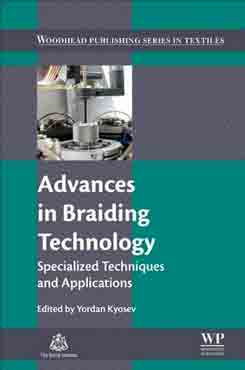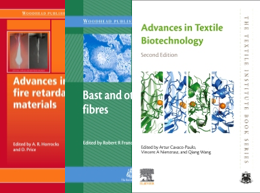Description
The Handbook of Properties of Textile and Technical Fibres provides a thorough and authoritative overview of the properties of a wide range of natural and synthetic fibres.
Their presentation deals not only with their traditional textile uses but also shows how the remarkable properties of fibres can be exploited to allow the production of new and innovative structures. Natural fibres continue to find preferential applications in textiles, but increasingly some are also finding applications in engineering. Synthetic fibres find uses in textiles and also are allowing technical advances to be made, which would be impossible with more traditional materials. The unique properties of fibres have provided many crucial design solutions including in satellites aircraft fuselages and wings, pressure vessels and mooring cables for off-shore oil-rigs and large ships. Fibre-based materials are now at the centre of an ongoing revolution in textiles, materials science and engineering.
Preliminary chapters give the reader an overview of the properties of fibres treated in the book as well as how their properties are measured, then separate chapters deal with the different classes and types of fibres.
The first part of the book examines the properties and structures of natural fibres, such as cotton, hemp, flax, agave, wool, cashmere, mohair, alpaca, and silk. Part two discusses the properties and structures of synthetic fibres ranging from polyamide, polyester, polypropylene, liquid crystal fibres, and high-modulus polyethylene fibres to glass, carbon and ceramic fibres. Many chapters also provide a general background to the fibre, including their production, microstructure, and factors that affect their failure












